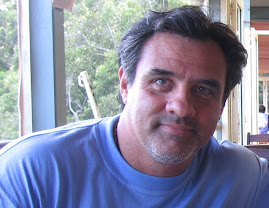Five weeks. The embryo is approximately 9mm long. A face develops, with
openings for the mouth, the nostrils and eyes Eight weeks. The rapidly-growing embryo is well protected in the foetal sac 10 weeks. The eyelids are semi-shut. They will close completely in a few
days 16 weeks. The foetus uses its hands to explore its own body and its surroundings The foetus can now grab and pull the long umbilical cord. The skeleton consists mainly of flexible cartridge. A network of blood vessels is visible through the thin skin 18 weeks: Approximately 14cm. The foetus can now perceive sounds from the outside world 20 weeks. Approximately 20cm. Woolly hair, known as lanugo, covers the entire head |








No comments:
Post a Comment